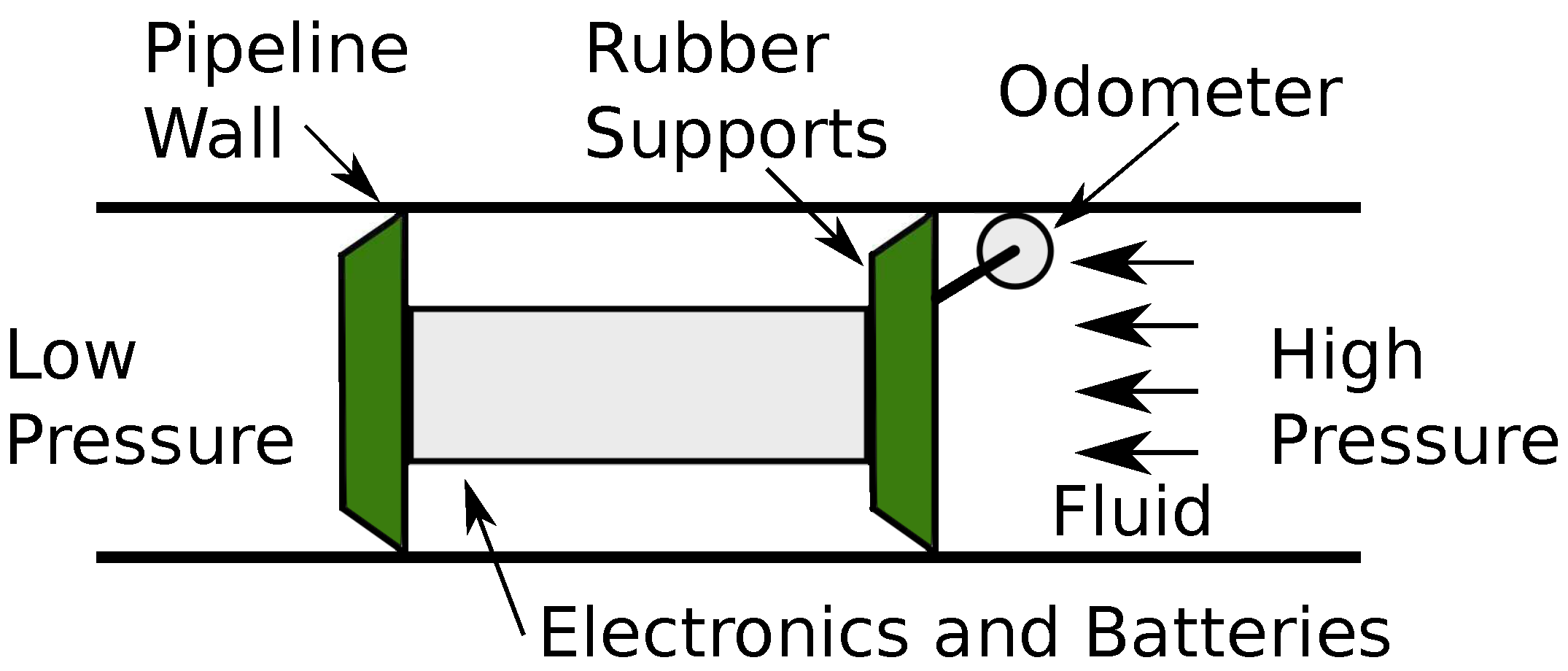

- PIPELINE TOOLBOX TUTORIAL DESIGN INSTALL
- PIPELINE TOOLBOX TUTORIAL DESIGN UPDATE
- PIPELINE TOOLBOX TUTORIAL DESIGN FULL
The dataset used in these tutorials (DevSet) is comprised of three distinct pooled samples of human urine, with three additional samples generated by pairwise mixing of each primary sample, resulting in a sample set of six: Data (including all raw LC-MS data files) is also available from the Metabolights repository under accession number MTBLS694. This repository contains all the data and files required to run the tutorials (as described below).
Replace the file paths in the document with your own data path filesĮxemplar data, as part of the nPYc-toolbox-tutorials, can be downloaded from the nPYc-toolbox-tutorial GitHub repository. Select ‘File > Rename.’ to rename the copied notebook. Select ‘File > Make a copy.’ to make a copy of the notebook. Open the required the nPYc-toolbox-tutorials (as described above). Full details on using the Jupyter Notebooks can be found here Jupyter Read the Docs. Notebooks can be saved using ‘File > Save and Checkpoint’ (notebooks can then be shared, and others will be able to view their contents). Notebooks can be reset and restarted using ‘Kernal > Restart & Clear Output’. To run the notebook, click through the cells using the ‘Run’ button. Click on the required Jupyter notebook example (MS, NMR and targeted NMR examples available, as described below) to open in a new browser window. Jupyter notebooks save with the file extension ‘ipynb’. Click on the ‘File’ tab and navigate to the location where the nPYc-toolbox-tutorials are saved. Open a Jupyter Notebook session (as described above). Either of the options above will result in an instance of the Jupyter Notebooks opening in a browser window. Alternatively, from the command (Windows) or terminal (macOS) window, launch Jupyter by typing ‘jupyter notebook’, for more details see Running Jupyter. Using the Anaconda Navigator, launch a Jupyter Notebook session by clicking on the ‘Jupyter Notebook’ icon. Jupyter can be opened from the Anaconda navigator (recommended) or from the command line. We strongly recommend additionally downloading the nPYc-toolbox-tutorials, which give detailed worked examples of using the nPYc-Toolbox. Install Juypter from Jupyter Download Linkįor advanced users, the toolbox source code can be downloaded directly from the nPYc-Toolbox GitHub Repository.Install the nPYc-Toolbox by opening a command (Windows) or terminal (macOS) window and typing ‘pip install nPYc’, this will install the toolbox alongside any required dependencies and make it available as a general python package.

Install Python 3.6 or above from Python Download Link.For very old versions, it may be necessary to uninstall and reinstall the latest version
Note, if you have an older version of Anaconda, it should first be updated by using the Anaconda Prompt and typing ‘conda update conda’ and ‘conda update –all’ (it may be necessary to run the prompt as administrator by selecting this option on the right click menu as you open it). Install the nPYc-Toolbox by opening the Anaconda Prompt (see Getting started with Anaconda for details) and typing ‘pip install nPYc’, this will install the toolbox alongside any required dependencies and make it available as a general python package. Install Anaconda with Python 3.6 or above from Anaconda Download Link. We recommend running the nPYc-Toolbox pipeline using Jupyter notebooks, this can either be done through the data science platform Anaconda (recommended), or alternatively through installing Python and the Jupyter notebooks independently.






 0 kommentar(er)
0 kommentar(er)
